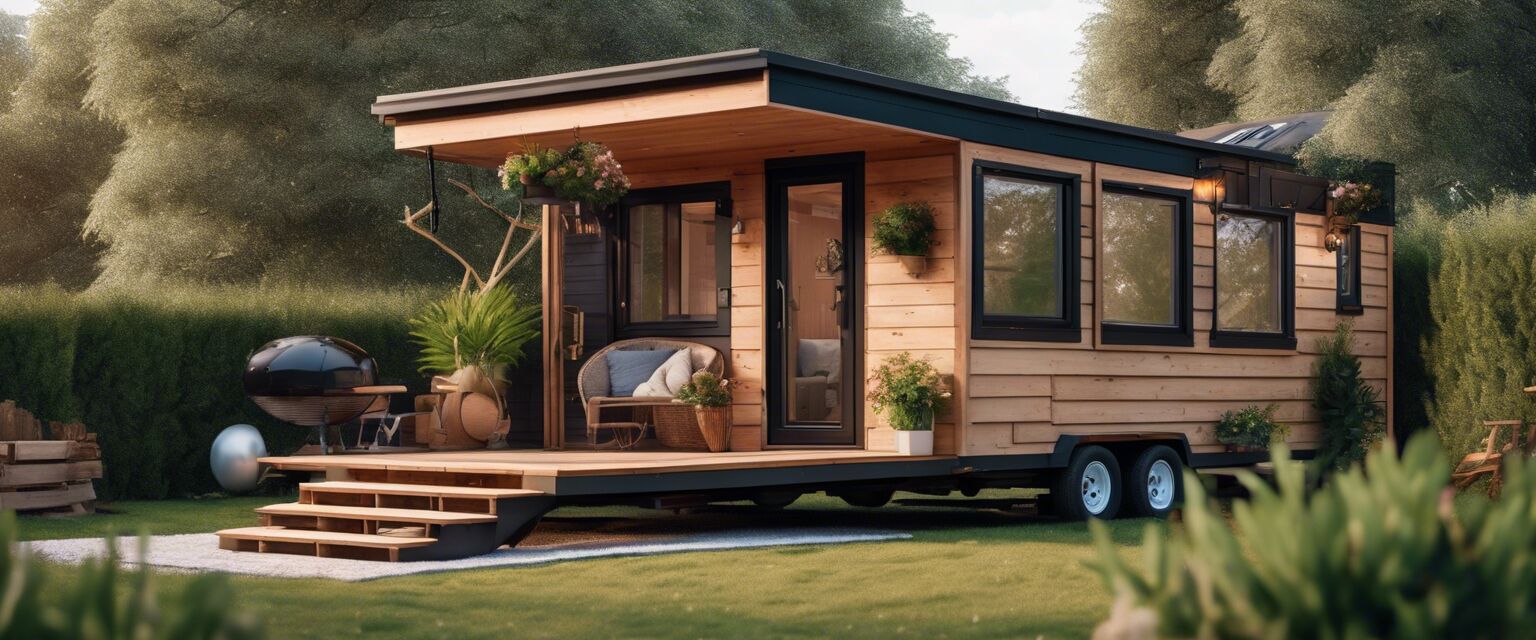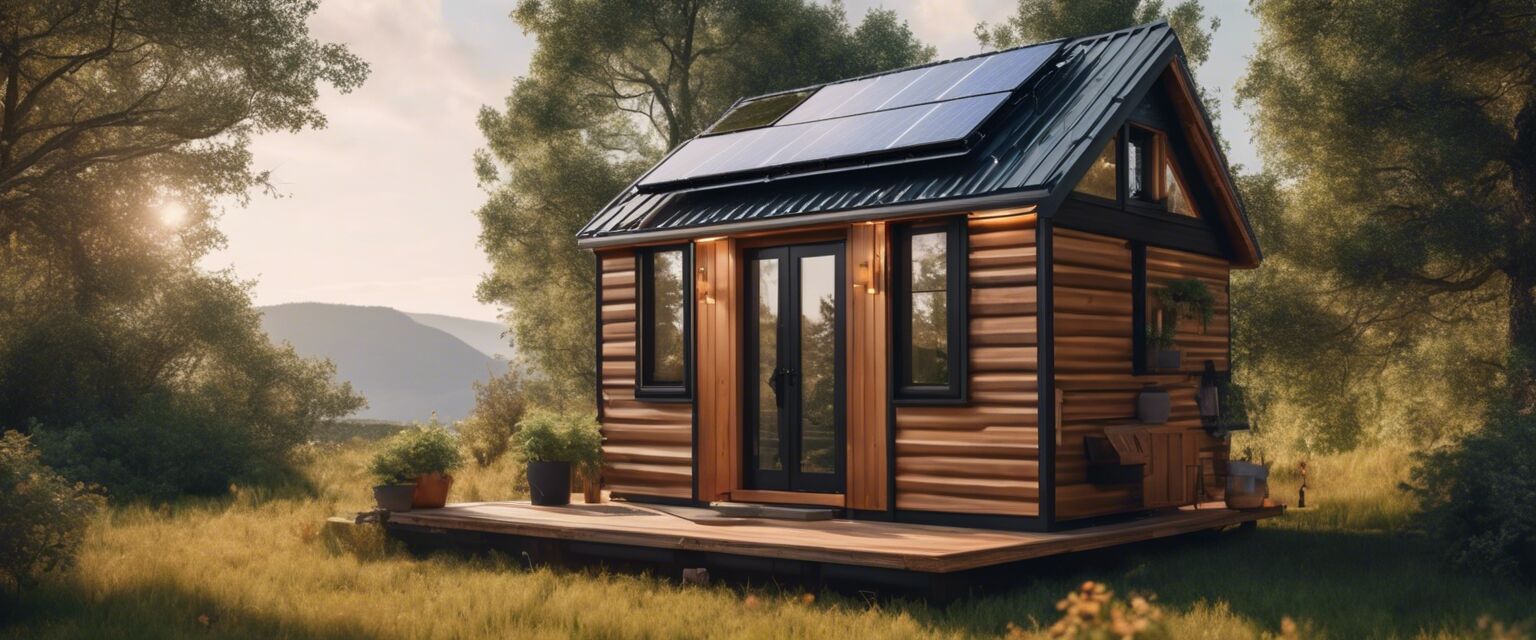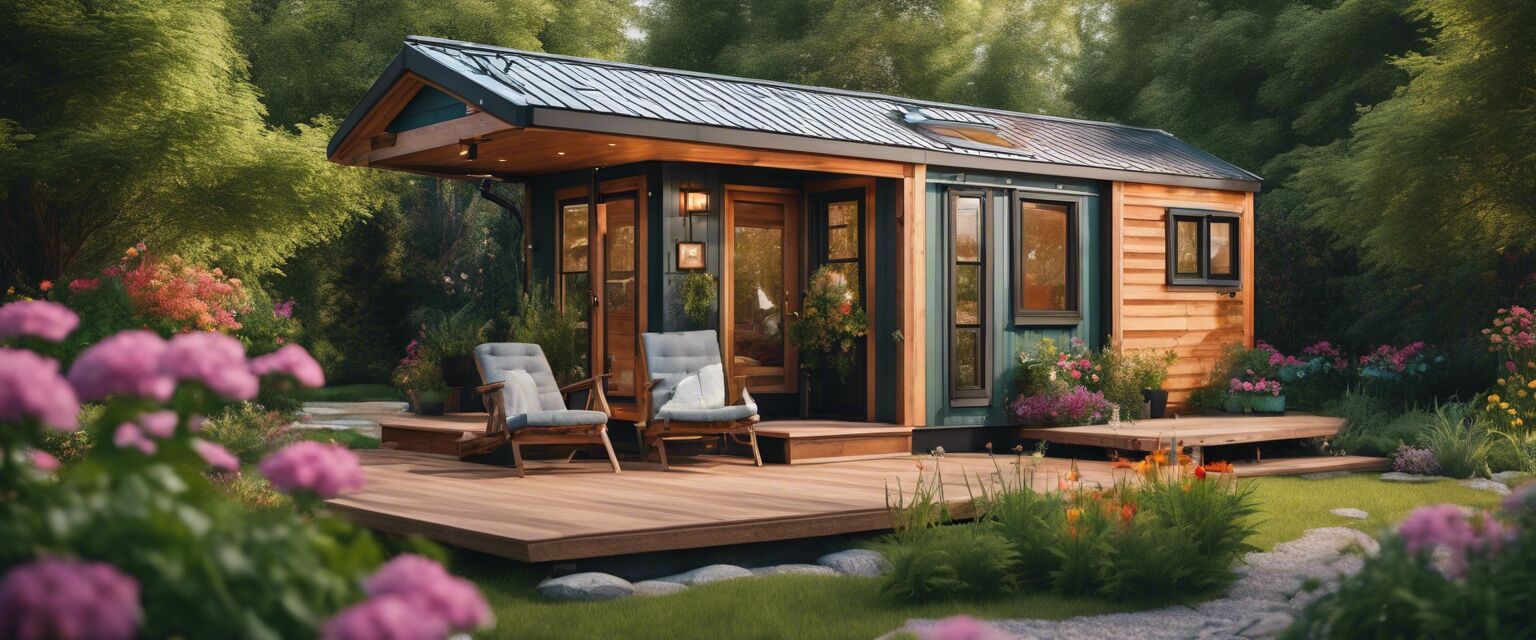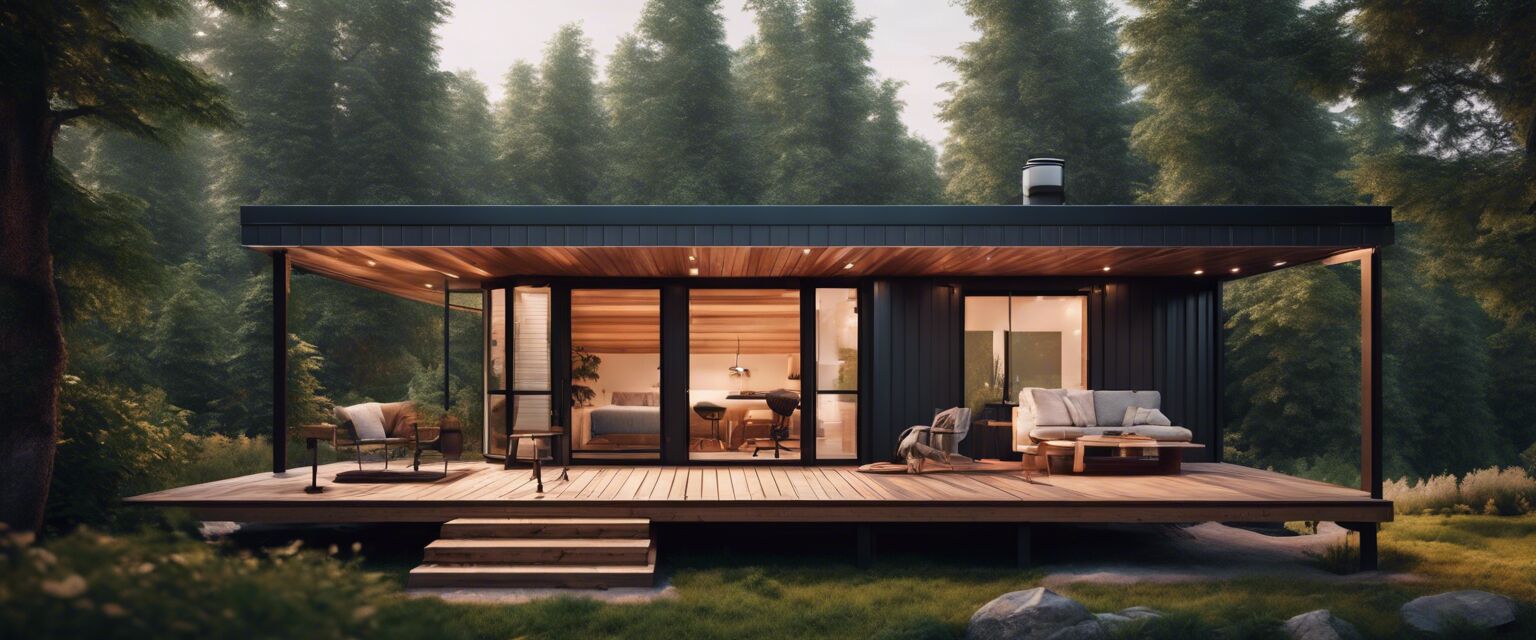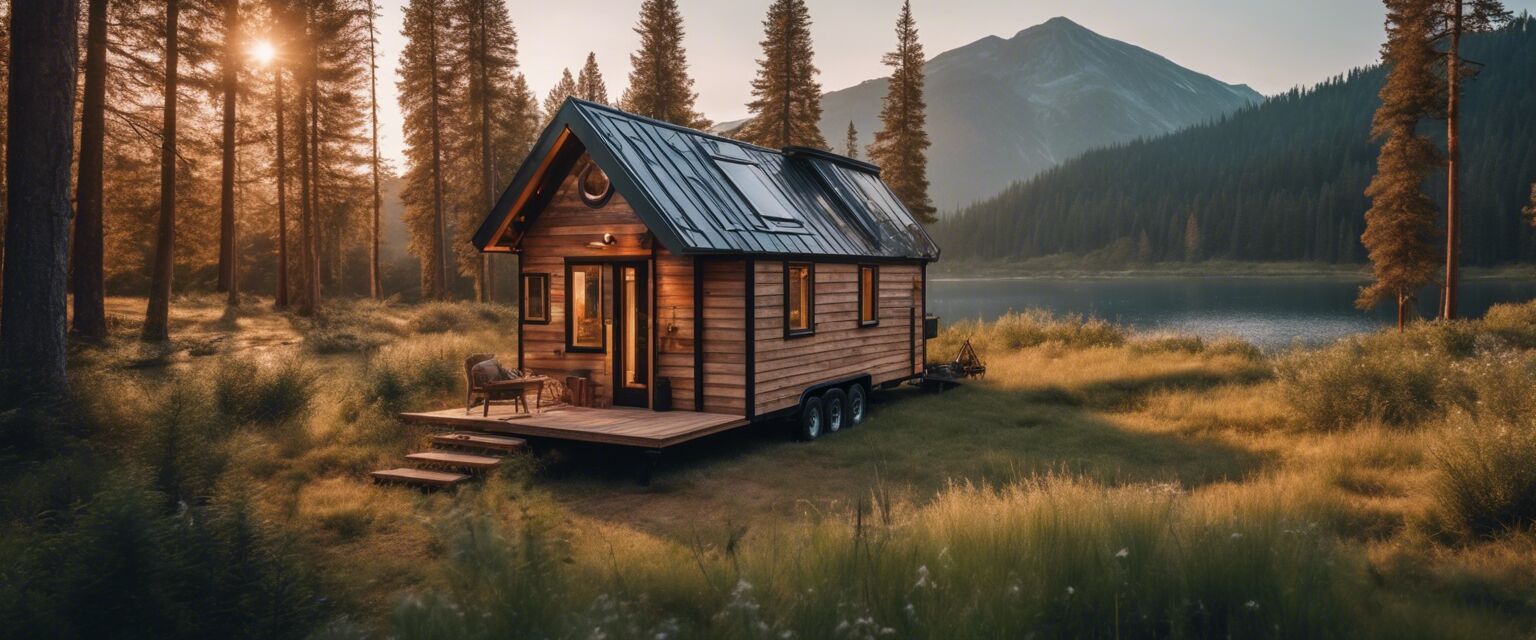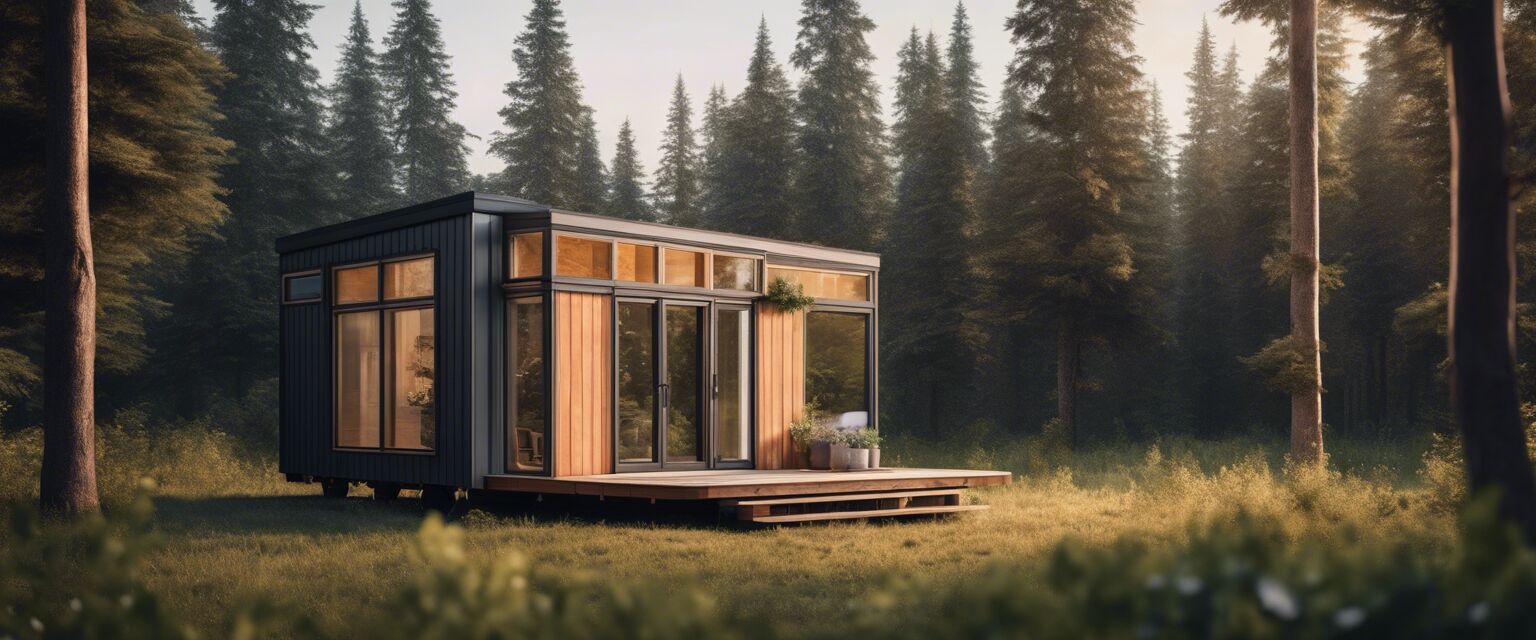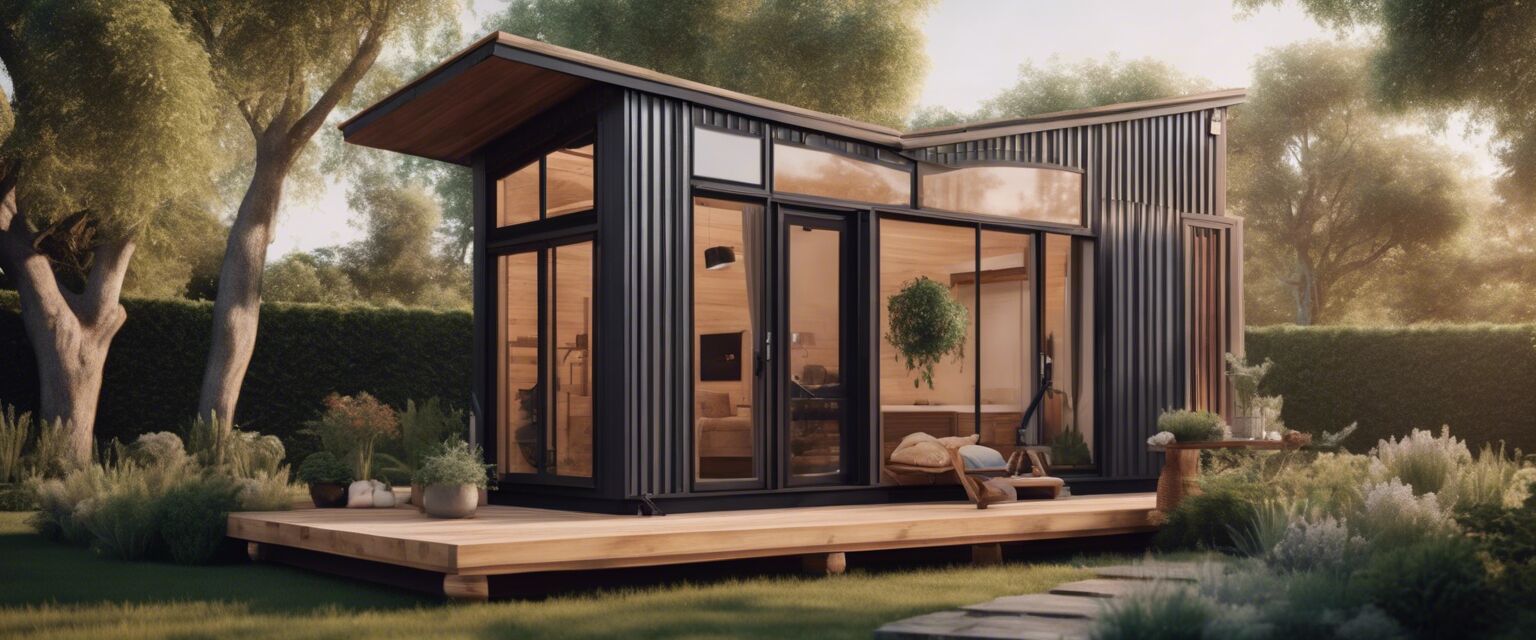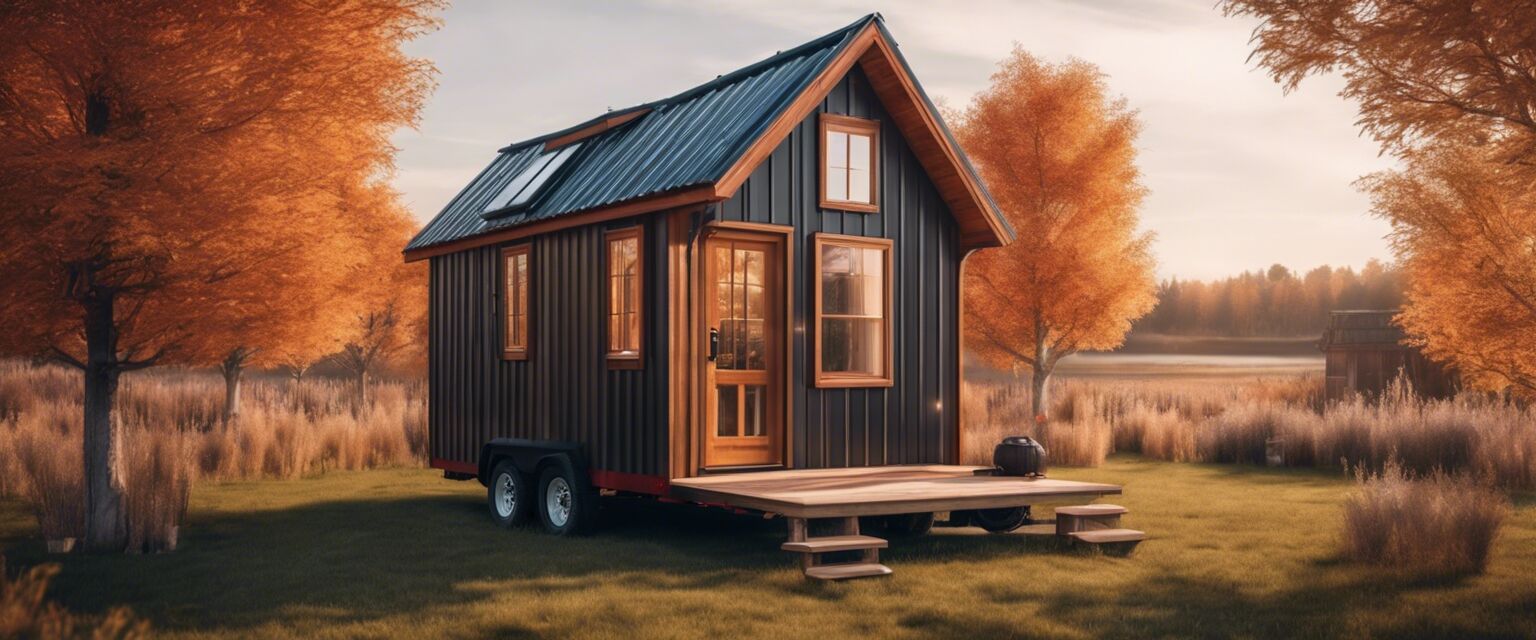
Eco-Friendly Tiny House Kits
Key Takeaways
- Eco-friendly tiny house kits are designed with sustainable materials.
- They promote energy efficiency and reduce carbon footprints.
- Many kits are customizable, allowing for personalized design.
- These homes are perfect for minimalists and those seeking a simpler lifestyle.
- DIY options can save costs and provide a rewarding building experience.
Eco-friendly tiny house kits are becoming increasingly popular for those looking to live sustainably without sacrificing comfort. These kits provide a unique opportunity to create a home that is both environmentally friendly and stylish. In this article, we will explore the benefits of eco-friendly tiny house kits, the materials used, and some popular options available in the market.
What are eco-friendly tiny house kits?
Eco-friendly tiny house kits are pre-packaged building materials that allow individuals to construct small, sustainable homes. These kits typically include everything needed for assembly, from walls and roofs to insulation and fixtures. They are designed to minimize environmental impact while maximizing efficiency and comfort.
Benefits of eco-friendly tiny house kits
- Sustainability: Made from renewable or recycled materials.
- Energy efficiency: Often equipped with energy-saving appliances and features.
- Cost-effective: Smaller homes generally cost less to build and maintain.
- Minimalist lifestyle: Encourages a decluttered, simpler way of living.
- Mobility: Many kits are designed for easy transport and relocation.
Key materials used in eco-friendly tiny house kits
| Material | Description | Benefits |
|---|---|---|
| Recycled wood | Wood sourced from reclaimed structures. | Reduces deforestation and waste. |
| Straw bales | Natural insulation material made from straw. | Highly insulating and biodegradable. |
| Steel framing | Durable framing option that is recyclable. | Long-lasting and resistant to pests. |
| Solar panels | Renewable energy source for electricity. | Reduces reliance on fossil fuels. |
| Green roofs | Living roofs that support plant growth. | Enhances insulation and promotes biodiversity. |

Popular eco-friendly tiny house kits
When searching for the perfect eco-friendly tiny house kit, consider the following options:
- DIY Tiny Home Kits: Perfect for those looking to build their home themselves.
- Luxury Tiny House Kits: Offers high-end features while remaining eco-conscious.
- Minimalist Tiny Homes: Designed for simplicity and efficiency.
- Modular Tiny Homes: Flexible designs that can be expanded as needed.
- Off-Grid Tiny Homes: Ideal for those wanting to live independently of utilities.
Tips for choosing the right eco-friendly tiny house kit
Beginner's Section
- Consider your budget and financing options.
- Research local building codes and regulations.
- Think about your lifestyle and how much space you truly need.
- Evaluate the environmental impact of your chosen materials.
- Look for kits that offer customization to fit your personal style.
Conclusion
Eco-friendly tiny house kits offer a sustainable and cost-effective solution for those looking to downsize and reduce their environmental impact. With a variety of materials and designs available, there's something for everyone. By choosing an eco-friendly option, you can enjoy the benefits of a tiny home while contributing positively to the planet.
Pros
- Promotes sustainable living
- Reduces energy costs
- Encourages a minimalist lifestyle
- Customizable designs
Cons
- Potentially limited space
- Building codes can vary
- May require DIY skills
- Initial costs can be high
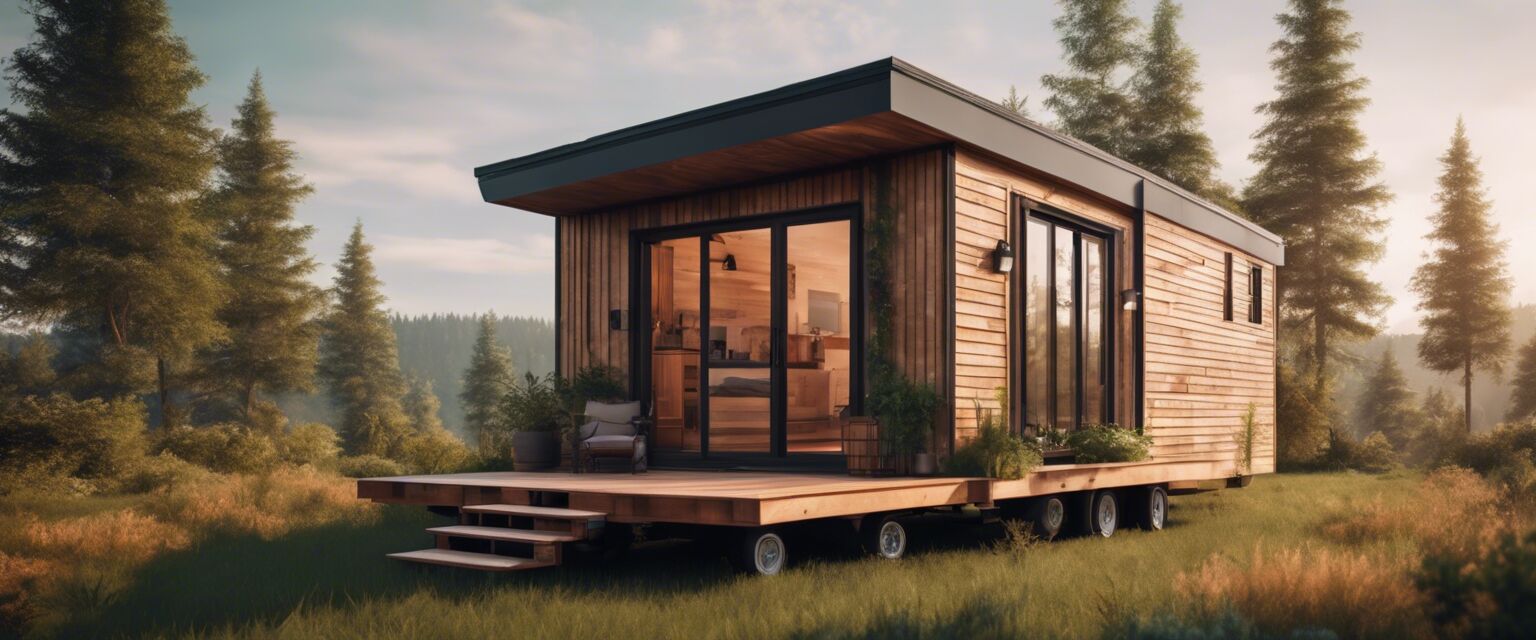
Final thoughts
In summary, eco-friendly tiny house kits represent a growing trend in sustainable living. They offer individuals the chance to build their dream home while making a positive impact on the environment. Whether you're a seasoned builder or a first-timer, these kits provide an array of options to suit your needs.
